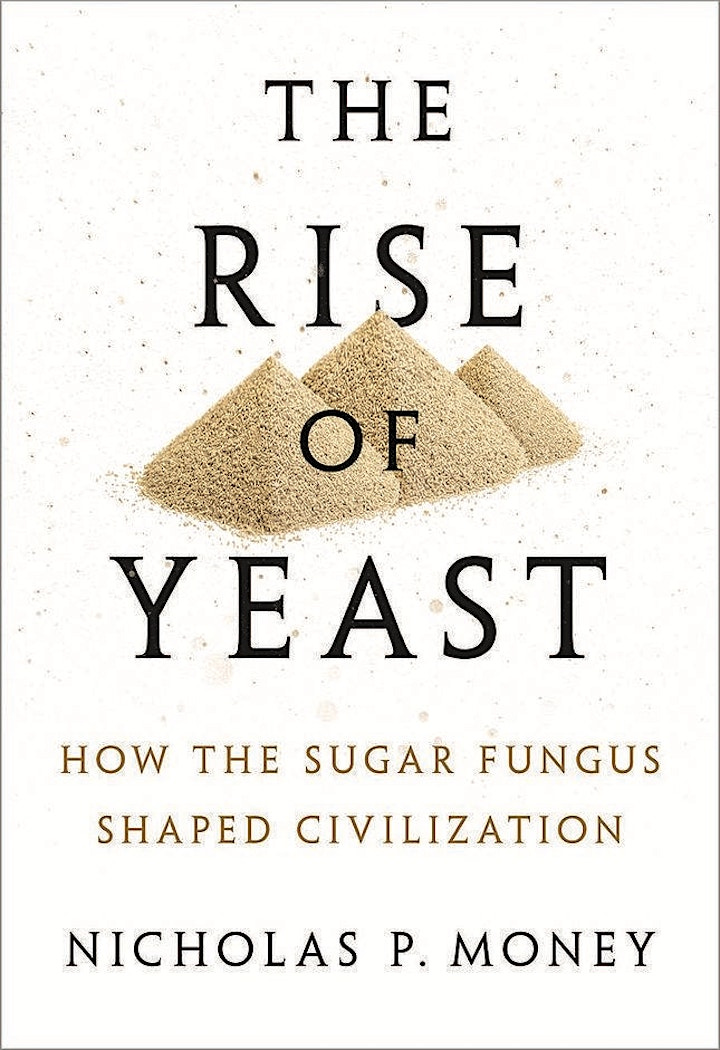The Rise of Yeast Potluck & Mycomimicry Workshop
Announcing a special biomimicry workshop with Anne LaForti!
Dear Fellow Myconauts,
Danielle Stevenson is looking for volunteers to help her wrap up her groundbreaking & ground-healing UC Riverside myco-phyto-remediation study. Message us or email Danielle at dstev013@ucr.edu for more details regarding volunteering!
The Rise of Yeasts - Biotechnology [Potluck finale!]
Monday, May 22nd, 7pm @ Arlington Garden, Pasadena, CA
In our second session of this two part discussion series of Nicholas P. Money's The Rise of Yeasts: How the Sugar Fungus Shaped Civilization we will be discussing the last four chapters on cellular biology, biotechnology, wild yeast diversity, and the medicine and disease yeasts that affect us.
As our tradition goes, when we finish a book we celebrate with a potluck! You are invited to bring a dish to share with the group (it doesn't have to be fungi related).
Mycomimicry with Anne LaForti
Wednesday, May 31st, 7pm @ Arlington Garden, Pasadena, CA
Anne LaForti presented a version of this workshop initially at the Radical Mycology Convergence last year so we are ever so lucky to experience it here in Pasadena!!
Get ready for a night of inspiration and innovation as the Mycoverse hosts a biomimicry discussion that you can apply to your life! Join us as we explore the four key criteria for enduring partnerships, based on lessons from nature.
Anne LaForti, a Mycoverse member and Soil/Fungi nerd with a master's degree in Biomimicry will lead small group discussions about how we can incorporate the lessons of biomimicry into our lives.
Check out the link above for more info. Join us for a night of fun, learning, and inspiration - we can't wait to see you there!
Previously in the Mycoverse…
A recap by Miranda Van Iderstine
There is a lot—arguably, a little too much—to appreciate in the first three chapters of Nicholas P. Money’s The Rise of Yeast:
That humans’ desire to make beer and bread alongside yeast motivated our species to settle down; that these single-celled organisms reproduce by “kissing” their “shmoos;” that the elegant architecture of their cells—they’re eukaryotic (contain a nucleus) and haploid (contain one set of chromosomes, as opposed to two)—allows us to learn a lot about ourselves and our cells; that yeasts’ unique ability to produce alcohol (which is otherwise a rare molecule in nature) is likely the result of a chance genome duplication event; that yeasts travel by way of insects’ guts; that the food industry is responsible for a significant portion of investment into yeast-based research; practically every other sentence of Money’s accounts is revelatory, but our group lamented that the absence of more engaging storytelling made them more challenging to connect with and retain.
We did not appreciate instances of mechanistic language (he calls yeasts “micromachines”) or colonialist language (he employs the term “bush meat”); although, the former offense is counterbalanced by Money’s acknowledgments that, for example, yeasts often choose to produce alcohol.
The grand and layered epic that is the story of our collaboration and mutual domestication with civilization’s invisible partners is perhaps better experienced than distilled on the page, but the read remains illuminating and worthwhile nonetheless.
Aaron’s Last Fungi Walk of the Mushroom Season
With the Theodore Payne Foundation:
Things that caught our eye
A Conversation with Merlin Sheldrake – fellow myconauts can’t stop talking about this discussion from earlier this month
Mycologist David Hibbett Answers Mushroom Questions From Twitter | WIRED
Let’s Become Fungal! Mycelium Teachings and the Arts - possible future discussion book featuring authors we have discussed previously in the Mycoverse






